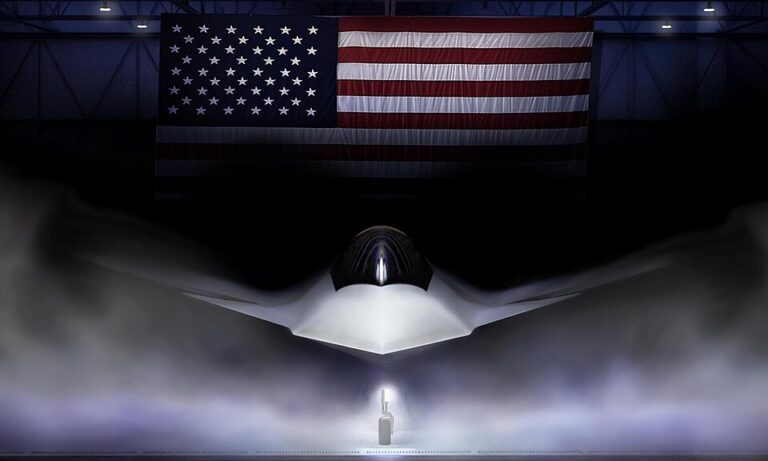In a landmark decision shaping the future of American air power, the U.S. Air Force has officially selected Boeing to develop its Next Generation Air Dominance (NGAD) fighter, designated as the F-47. This contract, fiercely contested with Lockheed Martin, represents one of the most significant U.S. defense procurement decisions in decades, reaffirming Boeing’s critical role as a primary aerospace contractor. The program is slated to succeed the venerable Lockheed Martin F-22 Raptor, extending Boeing’s legacy in fighter aircraft manufacturing following iconic platforms such as the F-15 Eagle and the F/A-18 Super Hornet.
The NGAD program, now transitioning into the development phase with Boeing’s selection, promises revolutionary advances in air-combat capabilities. The F-47 will embody sixth-generation fighter characteristics, notably superior stealth performance, advanced sensor fusion capabilities, and significant integration of artificial intelligence. Moreover, it emphasizes the “family of systems” approach, closely integrating crewed fighters with autonomous unmanned wingmen, enhancing mission capabilities, survivability, and tactical flexibility in highly contested airspace environments.
Historically, the Air Force’s strategic vision through NGAD reflects its evolving understanding of future warfare. Drawing lessons from previous generations, notably the fifth-generation F-22 Raptor, the Air Force seeks greater operational availability, easier maintenance, and enhanced upgradeability. With initial operational capability (IOC) planned for the early 2030s, the F-47 program aims for flexibility and cost-efficiency, leveraging modular design principles that facilitate rapid upgrades and incorporation of emerging technologies throughout its operational life.
The choice of Boeing also significantly impacts the U.S. industrial and strategic landscape. While Lockheed Martin retains dominance with the F-35 Lightning II, the NGAD decision balances America’s military-industrial base, maintaining competition and technological innovation. It signals a commitment not only to cutting-edge combat capabilities but also to sustaining a diverse and resilient aerospace industry able to meet evolving national security challenges over the coming decades.


